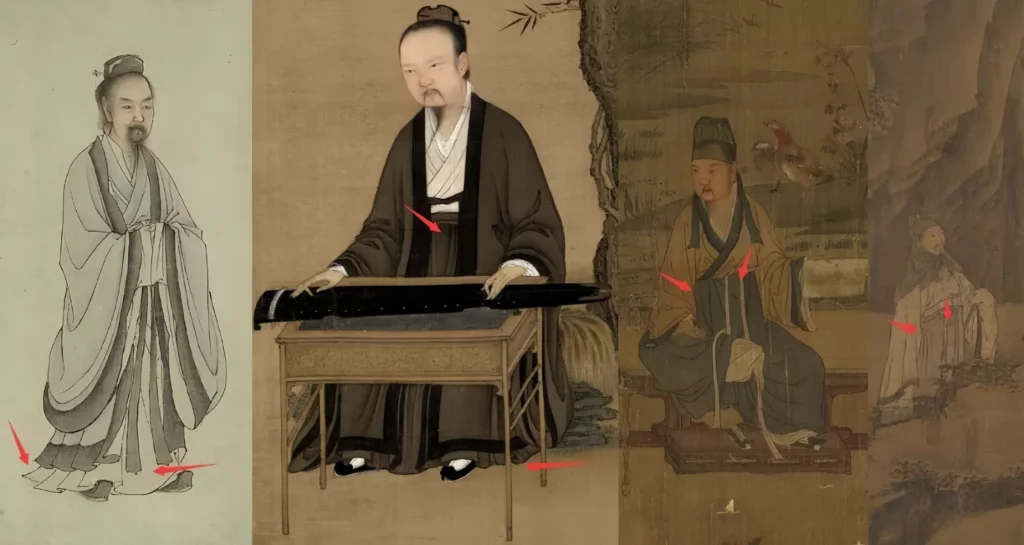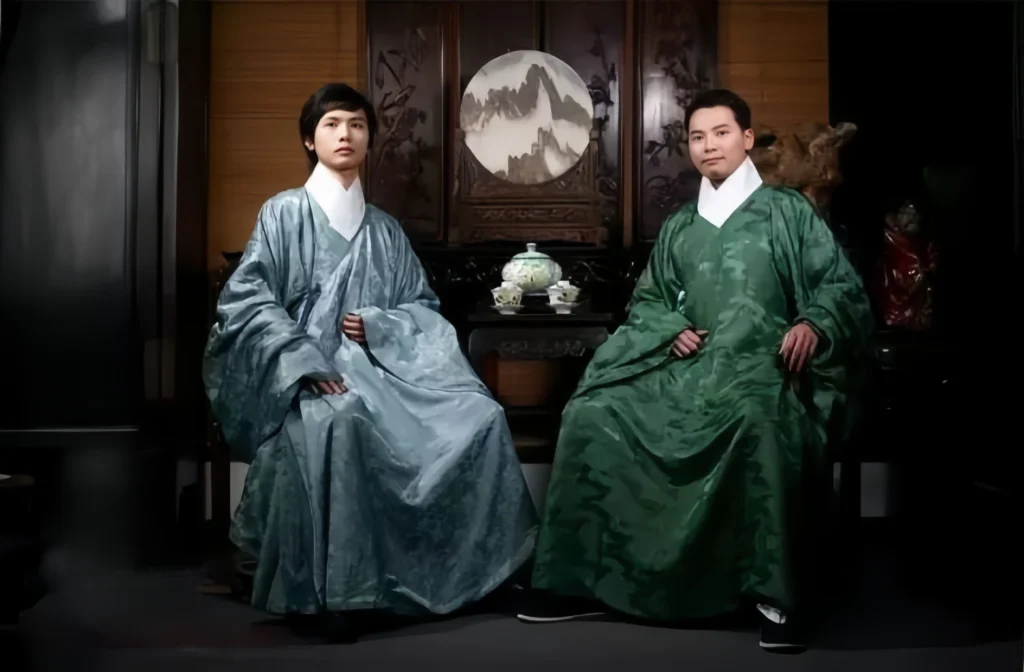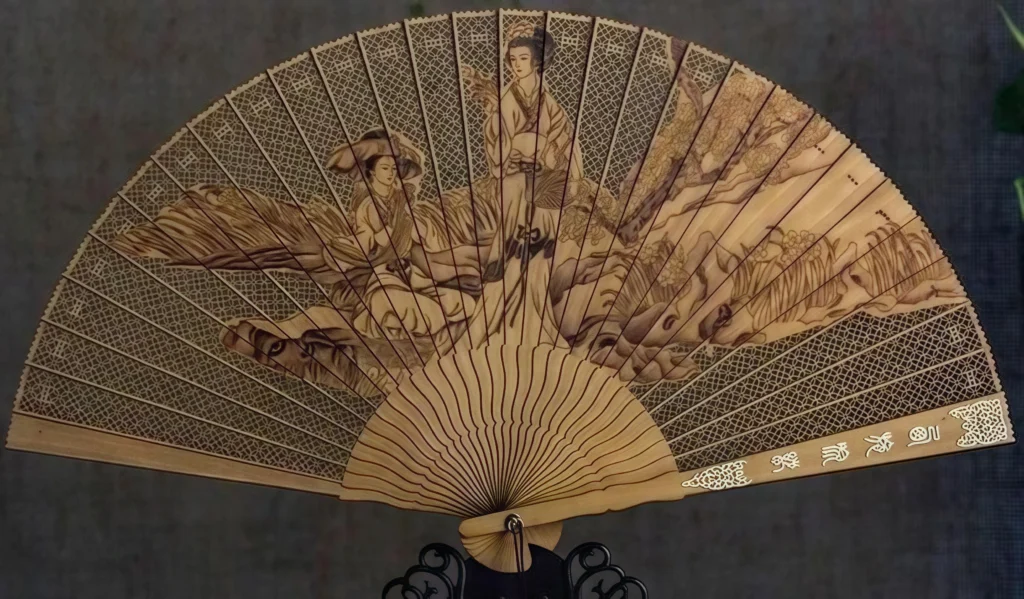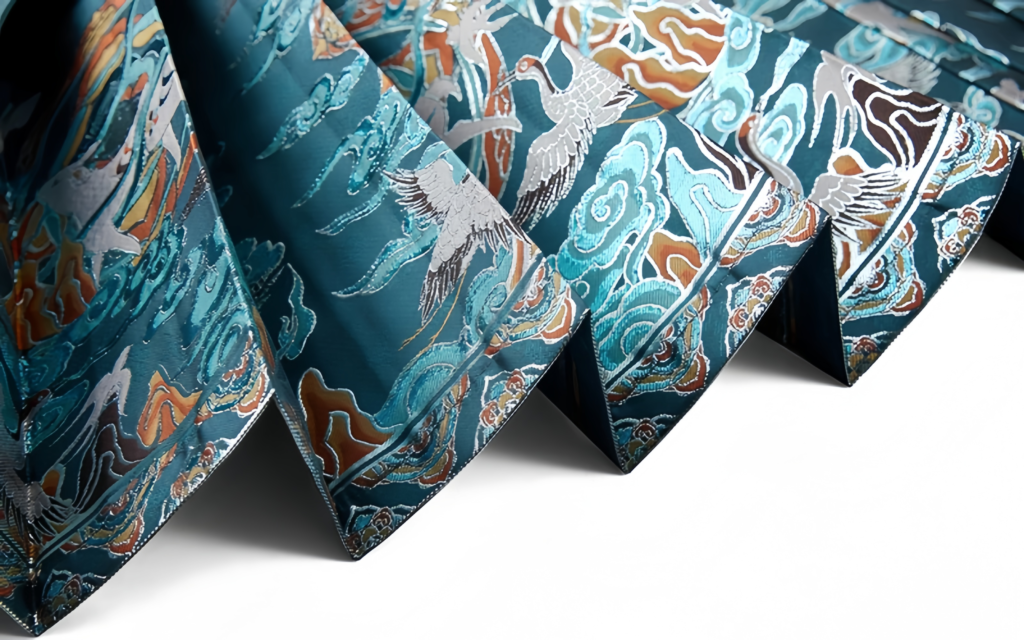Wei-Jin Hanfu or Song Dynasty Men’s Hanfu? Here’s What You Need to Know

The charm of Song Dynasty clothing often gets confused with the poetic allure of the Wei-Jin era. Fans of Chinese historical fashion, especially those chasing the scholar aesthetic, might think they’re vibing with Wei-Jin hanfu, but they’re likely drawn to Song Dynasty clothing. Why the mix-up? This blog dives into the differences between Wei-Jin hanfu and Song Dynasty clothing, spotlighting iconic pieces like baidie qun and zhiling dajin, backed by real archaeological finds. Let’s explore why Song Dynasty clothing is your go-to for that elegant Chinese scholar style in 2025.
Distinguishing Wei-Jin and Song Dynasty men’s Hanfu reveals unique cultural aesthetics. Curious about their differences? Dive into the details!
Okay, so why are we all obsessed with Wei-Jin style hanfu? Maybe it’s because we picture those super cool Wei-Jin scholars—poetic, free-spirited, a bit messy but totally charming. Their wild stories and beautiful poems from that chaotic era just hit different, you know? They had this unique spark that shines through.


But here’s the kicker: those dreamy scholar looks you see in paintings or dramas? They’re probably Song dynasty men’s hanfu, not Wei-Jin! Let’s unpack why we mix these up, what real Wei-Jin fashion was, and why Song men’s hanfu might be your new fave for that scholarly glow.

What’s So Special About Wei-Jin?
The Wei-Jin era (220–420 CE) is like the ultimate vibe—think artsy scholars chugging wine, writing epic poems, and living their truth in a messy world. You imagine them in flowy robes, long skirts, looking effortlessly cool. But when you see those elegant scholar pics—like in old paintings or TV shows—you might be shocked to hear they’re often Song dynasty (960–1279 CE) art, not Wei-Jin.
So, if you’re into cross-collar shirts, long skirts, or those “big-sleeve shirts” vendors call daxiushan, guess what? You’re probably crushing on Song men’s hanfu instead of Wei-Jin. Let’s figure out why this mix-up happens and what Wei-Jin style was really about.
The Real Wei-Jin Look: Not What You Think
Figuring out Wei-Jin fashion is tough because, well, it’s super old, and we don’t have tons of stuff left. To piece it together, we look at things like wall paintings, clay figurines, or old artwork. The big paintings we use for Wei-Jin, like The Nymph of the Luo River or Seven Sages of the Bamboo Grove, are actually Song or Tang copies, not the originals. Others, like Zither Crafting, Admonitions of the Instructress, or Wise and Benevolent Women, are all Song copies too.

Here’s the problem: these copies are from way later, so they mix in the artist’s own era. Like, The Han Xizai Night Banquet has a Northern Song version and a Southern Song version, and they look totally different! When we use Song copies to recreate Wei-Jin clothes, we end up with Song vibes sneaking in. Plus, later artists loved painting “noble scholars” (gaoshi), but were they drawing their time, imagining ancient dudes, or something in between? It’s a puzzle.
Check out Zither Crafting (Song copy) next to Song paintings like Shady Locust Tree or Willow-Shaded Scholar. If I didn’t tell you, you might think those Song pics are Wei-Jin scholars, right? If we only look at paintings (mostly Song copies) and skip stuff like Wei-Jin figurines or murals, we’re basically slapping Song style onto Wei-Jin. Wanna nail the Wei-Jin vibe? Let’s check out Song men’s hanfu with real artifacts instead.

Song Dynasty Clothing: What the Tombs Tell Us
Unlike Wei-Jin, the Song dynasty left us some awesome clothing finds, especially from tombs. Before the Zhao Boyun tomb (Huangyan, Song dynasty), we had the Zhou Yu tomb (Jintan, Southern Song) and Hejiazhao tomb (Hengyang, Northern Song), but those reports were stingy with pics, focusing on gold stuff instead. The Chayuanshan Song tomb has some clothes on display, but the reports are all about jewelry, not fabrics.
Then the Zhao Boyun tomb dropped a goldmine—complete Song men’s outfits, including super rare men’s skirts and fancy official robes. These finds give us a legit look at Song men’s hanfu, perfect for rocking that scholar style with real history behind it.
Song Men’s Skirts: Yup, Dudes Wore Skirts!
Song men’s skirts (qun) are a total game-changer—guys totally rocked skirts too! Here’s the scoop from the tombs:
- Hejiazhao Tomb (Northern Song): Found five skirts, per Chen Guoan’s study. Two were in good shape, three were scraps, split into flat skirts and pleated skirts:
- Golden Geometric Silk Skirt: Flat, yellow silk with a lining, 94 cm long, 83 cm skirt face, sewn from two panels with an open middle. The waistband stretches into 4.5 cm-wide ties.
- Yellow Gauze Pleated Skirt: Pleats every 1.5 cm, sewn into a double-layer waistband with yellow thread. Ties are 86 cm long, 4.5 cm wide.
- White Hemp Pleated Skirt: Just a fragment, probably three panels, pleated like the gauze one.
- Zhao Boyun Tomb: A full-on baidie qun (hundred-pleat skirt) with 13 pleats (~4 cm wide each), 93.5 cm long, 41 cm waist. It’s got flat sides and pleats in the middle, just like women’s baidie qun from other Song tombs (like Huang Sheng or Huashan).


These show baidie qun was for everyone in Song times—men and women. Pleat sizes varied, from 1.5 cm (Hejiazhao) to 4 cm (Zhao Boyun), and women’s tombs had even finer or gongzi (I-shaped) pleats. Paintings love showing skirts from the side or back, which makes it hard to tell the style, but Zhao Boyun’s skirt clears up a lot of the mystery.

Song Men’s Tops: Long and Flowy
Song men’s tops were usually zhiling dajin (straight-collar, wide-front shirts or jackets). Here’s what we found:

- Zhao Boyun Tomb: Per Silk Mansion Song Charm, eight zhiling dajin shirts/jackets are 116–142 cm long, with sleeve spans of 266–292 cm and sleeve widths ~54 cm. There’s also a hu shan (gauze shirt), still long, so long tops (changyi) were the vibe.
- Zhou Yu Tomb: Same deal—zhiling dajin shirts/jackets are 133–135 cm long, though some duijin (front-buttoned) jackets are shorter.

These long tops went with baidie qun, like in Picking Dates, where a kid wears a long red shirt under a blue skirt, with pants showing. Another kid in a short brown shirt with a red skirt hints short tops existed, but fancy tombs (like Zhao Boyun, a Song royal, or Zhou Yu, a scholar) stick to long shirts for that classy look, probably ‘cause these guys weren’t out doing manual labor.

How to Rock Song Men’s Hanfu
That “Wei-Jin vibe” you see online—zhiling dajin shirts, long skirts, and “big-sleeve shirts”? Yeah, that’s basically Song men’s hanfu. Let’s break down the pieces and how to wear ‘em:
Zhiling Dajin + Baidie Qun
A zhiling dajin long shirt with a baidie qun is the ultimate Song scholar fit, called yishang (top and skirt). Paintings like Picking Dates show long shirts with skirts, sometimes with pants for extra warmth. It’s flowy, elegant, and totally gives off those Song vibes people mistake for Wei-Jin.
Changyi: The Fancy Cloak
Vendors push “big-sleeve shirts” as daxiushan, but that’s a women’s formal dress (like in Huashan tomb, short front, long back, with shawls). For guys, it’s changyi (a long cloak). Paintings like Listening to the Zither show floor-length changyi, but artifacts are tricky:

- Zhao Boyun Tomb: Has a short changyi (85 cm, 181 cm sleeve span), which doesn’t match the super long painting versions.
- Yan Deyuan Tomb (Jin Dynasty): Found a “great robe” and “crane cloak” like changyi, but it’s Jin-era Taoist stuff, so maybe not Song scholar vibes.

You can try changyi with zhiling dajin and baidie qun, but it’s a bit iffy without clearer artifacts.

Beizi: Your Go-To Layer
The beizi (straight-collar, slit-sided jacket) is a safer pick. In Five Elders of Suiyang, scholars rock beizi over zhiling dajin shirts and baidie qun. Clearing the River shows guys in long, slit-sided beizi-like fits. Zhou Yu’s tomb dug up a bunch:
- Seven He Ling Shirts: Straight-collar, front-buttoned, knee-length, with wide sleeves (59–64 cm) and chest widths (68–71 cm). They’ve got side ties and underarm ribbons, classic Song men’s beizi.

Beizi was chill menswear, worn solo or under official robes. Its loose, slit design is perfect for layering over shirts and skirts, great for hangouts or hanfu events.

Why Go for Song Men’s Hanfu?
If you’re all about that Wei-Jin hanfu aesthetic but love the poetic scholar look, Song men’s hanfu is where it’s at. Here’s why:
- Real Artifacts: Tombs like Zhao Boyun and Zhou Yu give us solid proof of zhiling dajin, baidie qun, and beizi, way better than Wei-Jin’s spotty record.
- Scholarly Charm: Long shirts, pleated skirts, and beizi or changyi layers nail that elegant vibe from Song paintings, often confused with Wei-Jin.
- Fabric Fun: Ditch chiffon for silk or gauze (like Zhao Boyun’s hu shan or Chayuanshan’s beizi) to get that flowy, painterly look.
Try a zhiling dajin shirt, baidie qun, and beizi for a legit outfit that screams “scholar” with Song swagger. It’s comfy for modern stuff like hanfu meetups or cosplay too.
Wrap-Up: Song Hanfu for Your Wei-Jin Fix
The Wei-Jin era’s got that irresistible charm, but its clothes are hard to pin down with so few artifacts and Song paintings messing with our heads. If you’re into flowy shirts, pleated skirts, and scholar vibes, Song dynasty men’s hanfu—with zhiling dajin, baidie qun, and beizi—is your best bet. Thanks to tombs like Zhao Boyun’s, we know these styles are the real deal. Wanna rock that ancient poet look? Grab some Song hanfu, maybe swap in some silk, and you’re set. What’s your fave Song piece—beizi or baidie qun? Spill in the comments!





Responses